From Biennale to biennials. The impossible desire
26 – 28 April 2023
Aula magna “Silvio Trentin”, Ca’ Dolfin, Ca’ Foscari University of Venice and online
In 2000, René Block states that “the term ‘biennial’ is not protected by copyright and consequently is open to abuse” (Glaser, 2000). The following year, the Revista USP publishes an article by Ivo Mesquita, which begins with a long list of biennials, making us travel to the five continents (Mesquita, 2001/2002). And “Bienais, bienais, bienais…” is also the title of the roundtable discussion that, on the occasion of Em vivo contato (28th São Paulo Biennial, 2008), sought to elaborate categories and typologies of biennials and to define their different goals, adding to previous or ongoing attempts (Enwezor, 2003/2004; Bydler, 2004; Van Hal, 2010).
Biennials are a true puzzle because of their heterogeneous character and shifting exhibition format, their local or global interests, or their ambitions at once cultural and geopolitical (Enwezor, 2003/2004; Gardner / Green, 2016; Hanru, 2005). But biennials are also an impossible desire both because of “the model itself (…) is based on the impossible desire to concentrate the infinite worlds of contemporary art in a single place” (Gioni, 2013) and because of the immeasurability of the phenomenon.
With a perspective at once global and local, on this occasion we propose to reflect on the biennial phenomenon between the 1930s and the 1980s. A chronological arc that starts from the moment when, under the Fascist regime, the International Art Exhibition of the City of Venice changed its name, officially becoming the ‘Biennale’, and ends with the decade that saw, on the one hand, the establishment of the First Venice Architecture Biennale (1980) and, on the other, the contraction of the biennialist map with the foundation of the Havana Biennale and its third edition (1984 and 1989).
In these fifty years the biennial model began to spread not only in the Mediterranean area (Alexandria Biennial, 1955; Cairo Biennial, 1984), in the Atlantic area (São Paulo Biennial, 1951; Inter-American Biennial of Mexico, 1958; Paris Biennial, 1959) and in the Pacific (Tokyo Biennial, 1952; Saigon Biennale, 1962; Sydney Biennale, 1973), but also in the Italian peninsula itself (Ancient Art Biennial; Biennial of Contemporary Italian Engraving, 1955; Cittadella Biennial, 1966; Lignano Biennial, 1968; Gubbio Biennial, 1973). Each of these biennials has not only a specific exhibition format, but also a particular genealogy, which is characterized by more or less local interests and a specific historical, cultural and political context, which deserve to be analyzed and put in dialogue with each other.
This conference aims to create a space for reflection and dialogue on the term ‘biennial,’ the biennial phenomenon, and the individual and collective histories of biennials that took place between the 1930s and the 1980s.
The conference will be in person and streamed by zoom. To attend the conference on zoom, please register here.
Program Poster Gallery10.00 – 10.30 Institutional Greetings
Caterina Carpinato (Prorettrice della Terza Missione, Università Ca Foscari Venezia)
Giovanni Vian (Direttore del Dipartimento di Studi Umanistici, Università Ca’ Foscari Venezia)
Deborah Rossi (Responsabile Organizzativo ASAC | Fondazione La Biennale di Venezia)
10.30 – 11.00 Introduction
Stefania Portinari (Università Ca’ Foscari Venezia)
Anita Orzes (Universidad de Barcelona / Université Grenoble Alpes)
Vittorio Pajusco (Università Ca’ Foscari Venezia)
11.00 – 13.00 Panel 1 – biennials, biennials, biennials…
Chair: Stefania Portinari (Università Ca’ Foscari Venezia)
Nuria Querol (Goldsmiths, University of London), Southern Biennales in India: Paradoxes and Impossible Desires in Global Art and Politics
Kristian Handberg (University of Copenhagen), The Socialist Biennial between Art and Politics: The case of Danish artists at biennials in the GDR, 1965-1989
Irene Quarantini (Sapienza Università di Roma), Appeal for a possible alternative: micro-history of the Arab Biennale 1974 – 1976
Nathalie Zonnenberg (Open Universiteit), The Biennale model: Key to Success or Recipe for Disaster? The Sonsbeek 20-24 Affair
13.00 – 15.00 Lunch
15.00 – 16.00 Panel 2 – Brazil and the Biennial ‘Condition’
Chair: Vinicius Spricigo (Universidade Federal de São Paulo)
Tatiane de Oliveira Elias (Universidade Federal de Santa Maria), As Bienais brasileiras e a geopolítica
Dária Jaremtchuk (Universidade de São Paulo), The Museum of Modern Art of New York at the São Paulo Biennials: 1951-1961
16.00 – 16.15 Break
16.15 – 17.45 Panel 3 – Biennials of Engraving
Chair: Stefania Portinari (Università Ca’ Foscari Venezia)
Mariagrazia Muscatello (Universidad de Chile / Università Ca’ Foscari Venezia), Le biennali cilene nel contesto latinoamericano dal 1963 al 1990
Wiktor Komorowski (The Courtauld Institute of Art), The Inrush and Regress of Modernity: The Demise of Krakow’s International Biennale of Graphic Arts
Alessia del Bianco (Accademia di Belle Arti Venezia), Le Biennali di Incisione Italiana Contemporanea all’Opera Bevilacqua La Masa, 1955-1968
10.00 – 11.30 Panel 4 – The Geopolitics of Biennials
Chair: Stefania De Vincentis (Università Ca’ Foscari Venezia)
German Alfonso Nunez (University of the Arts London), The biennale as a bureau de change: symbolic exchange, the Cultural Cold War, and the case of the planned US exhibition in the X São Paulo Biennale
Ana Eres (University of Belgrade), The Shifting Policies of Representing Conceptual Art from Yugoslavia at Biennials in the 1970s: An Overview
Luca Palermo (Università degli Studi di Cassino e del Lazio Meridionale), A Sud dell’impero. Le “altre” Biennali tra anticolonialismo e postcolonialismo (1951-1987)
11.30 – 12.00 Break
12.00 – 13.00 Panel 5 – Assembling and Disassembling: National Pavilions
Chair: Anita Orzes (Universidad de Barcelona / Université Grenoble Alpes)
Laura Moure Cecchini (Università degli studi di Padova), Between Discrimination and Self-Exclusion: Latin America at the Venice Biennale in the First Decade of the Fascist Regime
Marina Martin Barbosa (Independent Researcher / Photo Elysée Lausanne), Brazil in the “renewed international solidarity” of biennials
13.00 – 15.00 Lunch
15.00 – 16.15 Here and There: Exchanges between Italy and Brazil from the Biennials (1948-1952)
Conversation: Vinicius Spricigo (Universidade Federal de São Paulo) and Ana Magalhães (Museu de Arte Contemporânea – Universidade de São Paulo)
Chair: Anita Orzes (Universidad de Barcelona / Université Grenoble Alpes)
16.30 – 18.00 Panel 6 – São Paulo Biennial: Multidirectioan Wefts
Chair: Vittorio Pajusco (Università Ca’ Foscari Venezia)
Maria de Fátima Morethy Couto (Universidade Estadual de Campinas), The Pan-American Union and the São Paulo Biennial (1955-1967): geopolitical arrangements in defense of modern art
Tálisson Melo de Souza / Marina Mazze Cerchiaro (Universidade de São Paulo), The international awards at the Bienal de São Paulo (1951-1979): circulation, prestige and symbolical cartographies of art
Gabriela Saenger Silva (Liverpool John Moores University), Archaeology of Engagement and Discursive practices in biennials: São Paulo Biennial
Sileno Salvagnini (Accademia di Belle Arti Venezia) Focus on the exchanges between Italian Artists and São Paulo Biennial from several Italian Archives
10.00 – 12.00 Panel 7 – Biennials as Interfaces of Dimensions
Chair: Marianna Rossi (Università Ca’ Foscari Venezia)
Giulia Pollicita (University of the Arts London), Locating Representations: Biennials as Vectors of National, International, and Transnational Art Ecosystems
Francisca Gigante Godinho da Silva (Universidade Nova de Lisboa), Tensions between the national and international dimension at the Venice Biennale and documenta in Kassel in postwar Europe: the 1980s
Francesca Della Ventura (University of Cologne/ Università degli Studi del Molise), The Future of the Biennales: Curating Art Collectives between Global Art and Contestation
Yannick Le Pape (Musée d’Orsay), The flags and the flow. A critical story of the Biennale di Venezia, from local gardens to global village
12.00 – 12.30 Closing words
Gallery
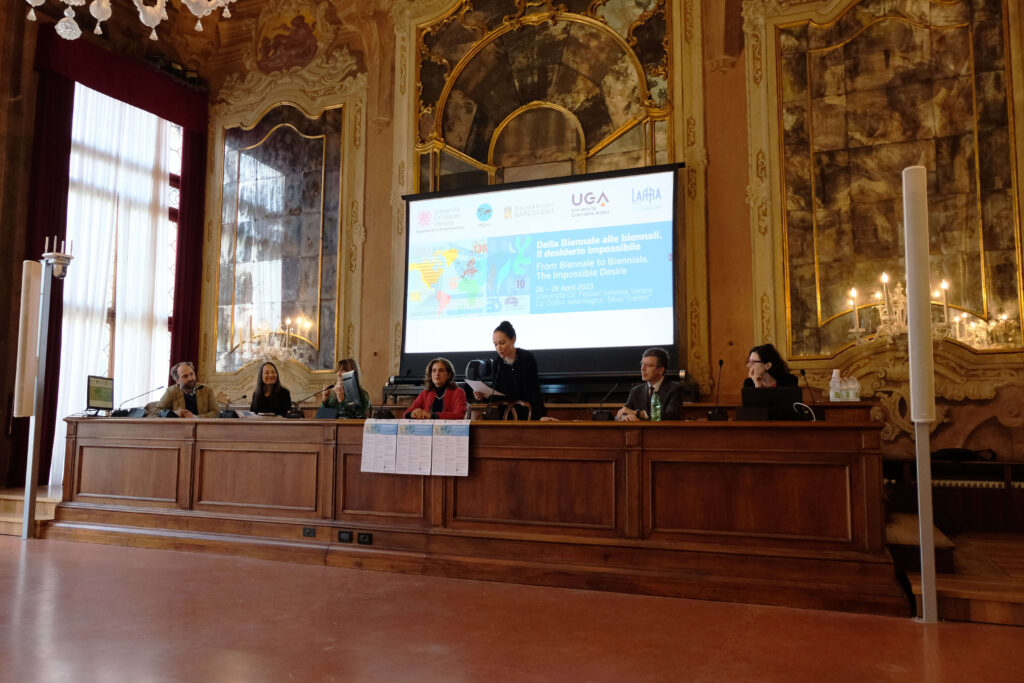
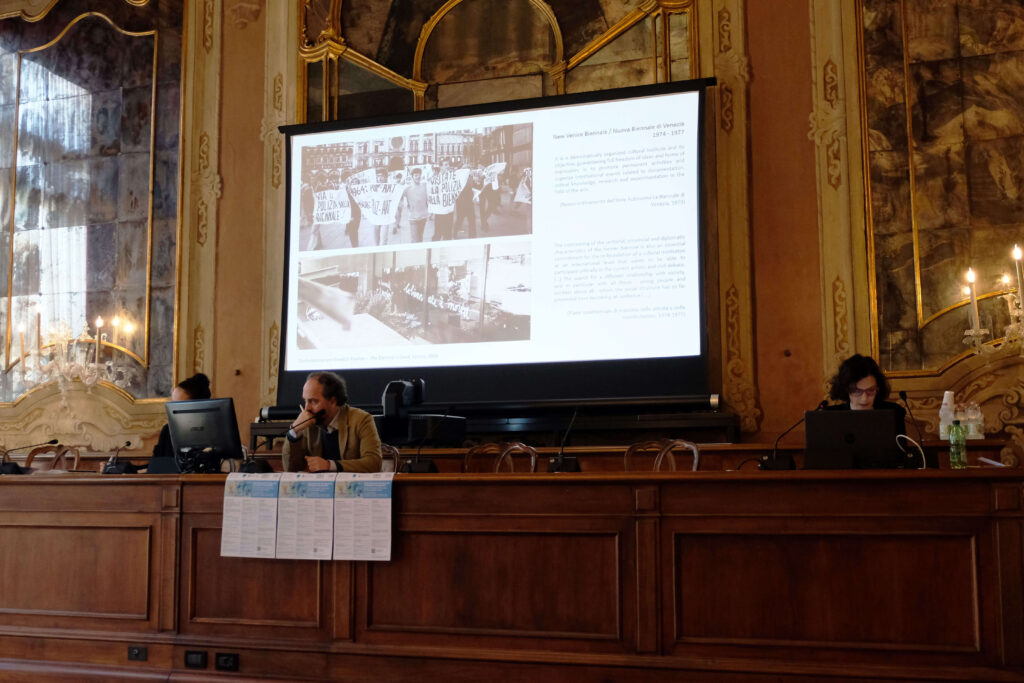
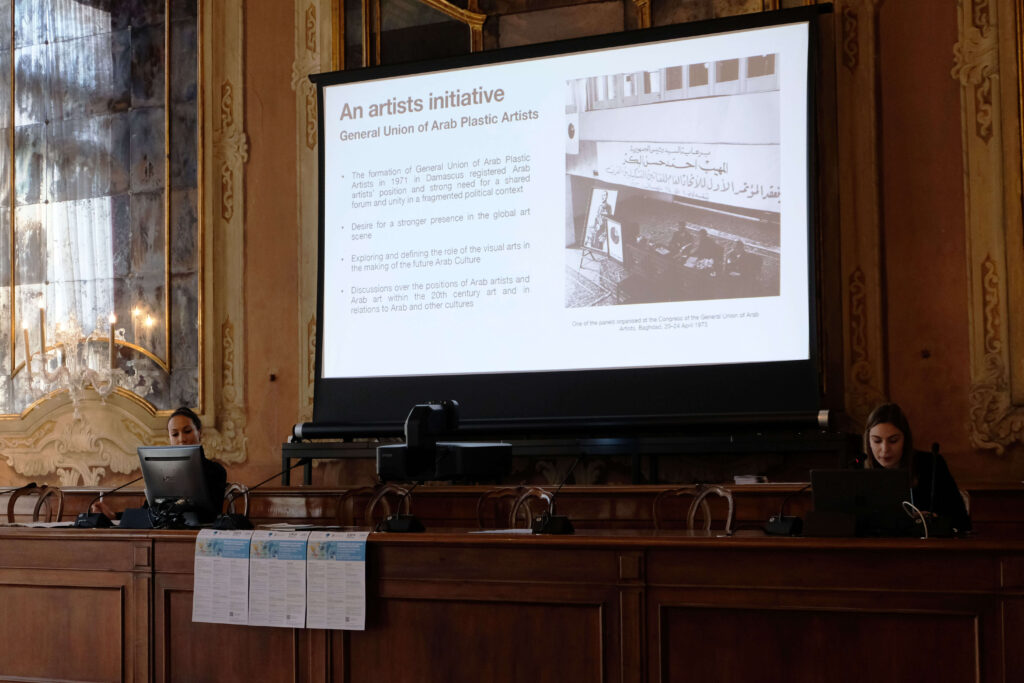
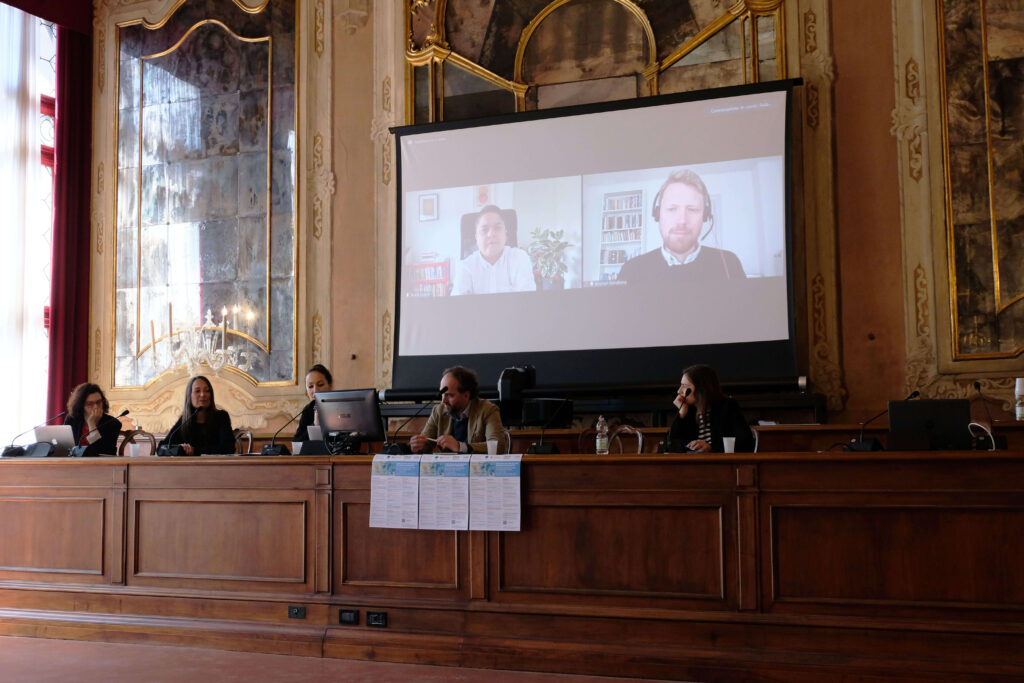
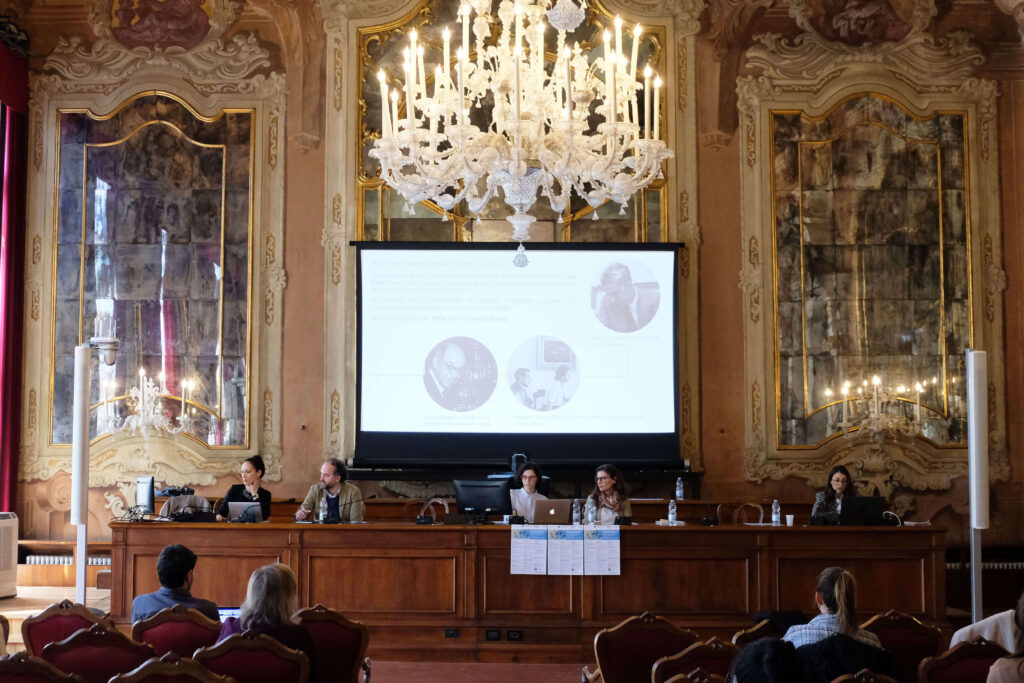
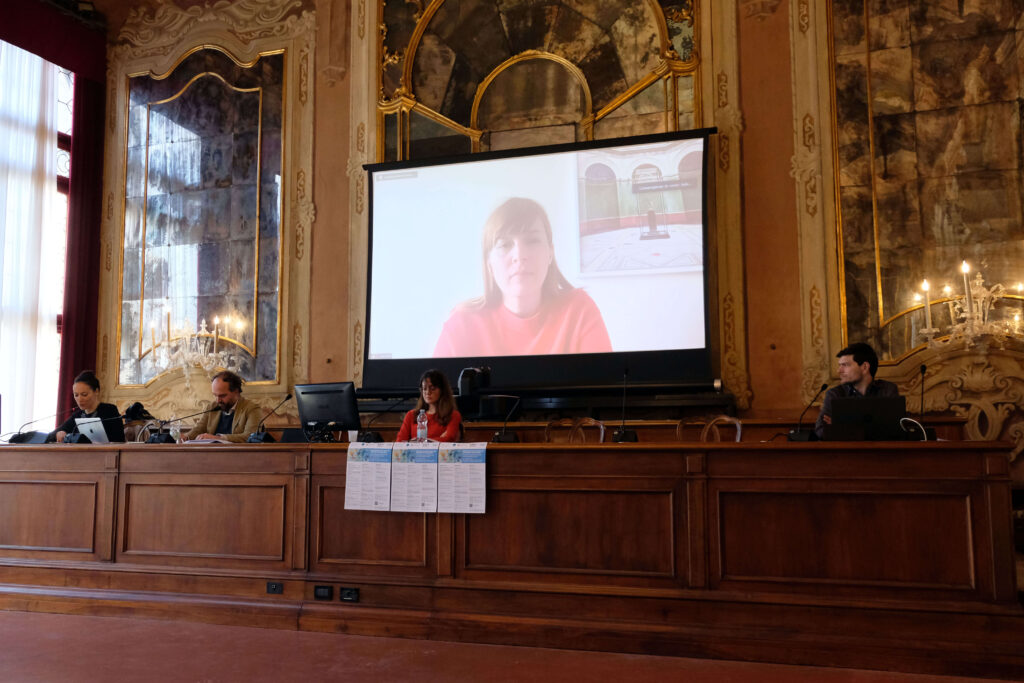
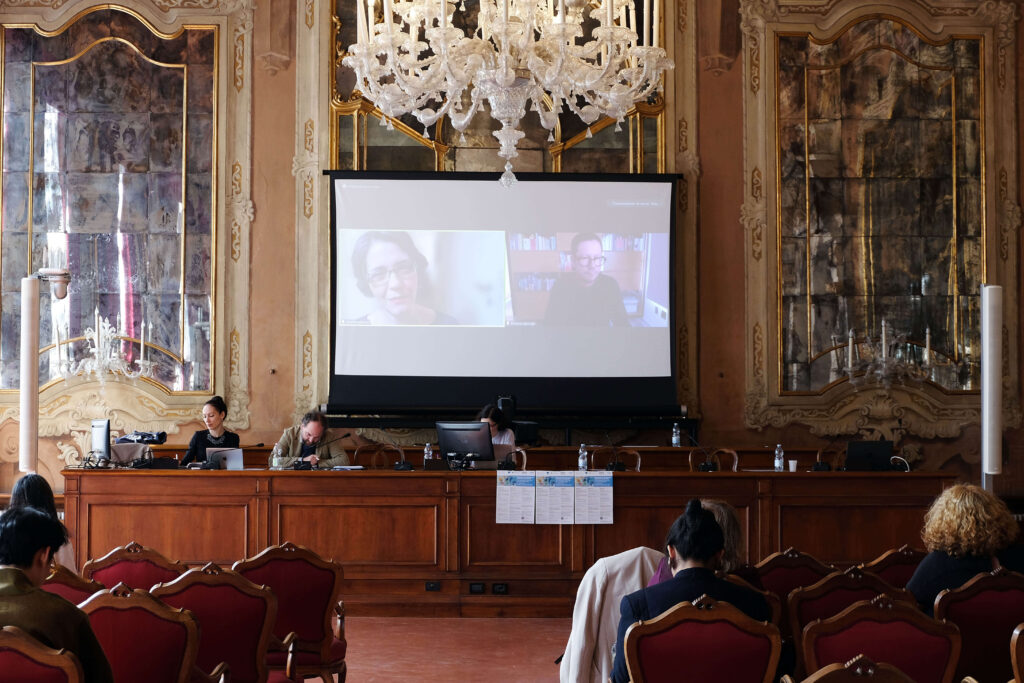
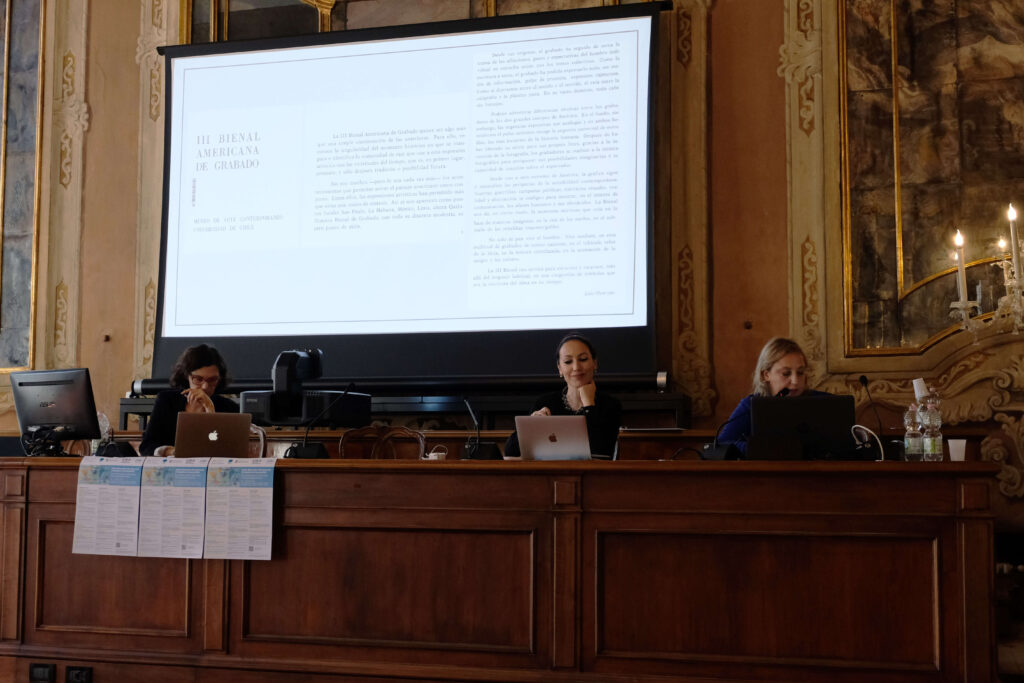

Organizing Committee
Anita Orzes (Universidad de Barcelona / Université Grenoble Alpes)
Vittorio Pajusco (Università Ca’ Foscari Venezia)
Stefania Portinari (Università Ca’ Foscari Venezia)
Scientific committee
Olga Fernández López (Universidad Autónoma de Madrid)
Ana Magalhães (Museu de Arte Contemporânea da Universidade de São Paulo)
Anita Orzes (Universidad de Barcelona / Université Grenoble Alpes)
Vittorio Pajusco (Università Ca’ Foscari Venezia)
Stefania Portinari (Università Ca’ Foscari Venezia)
Vinicius Spricigo (Universidade Federal de São Paulo)
This international conference is organized by the Department of Humanities of Ca’ Foscari University of Venice, the Department of History of Art of University of Barcelona, the International Research Platform Modernidad(es) Descentralizada(s) – MoDe(s) and the Laboratoire de Recherche Historique Rhône-Alpes (LARHRA) of Grenoble Alpes University.

